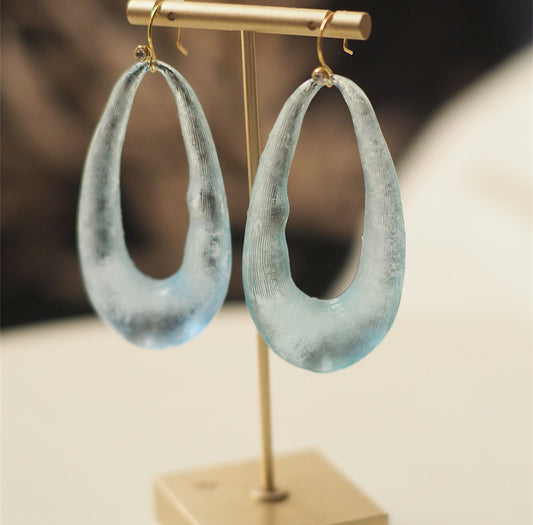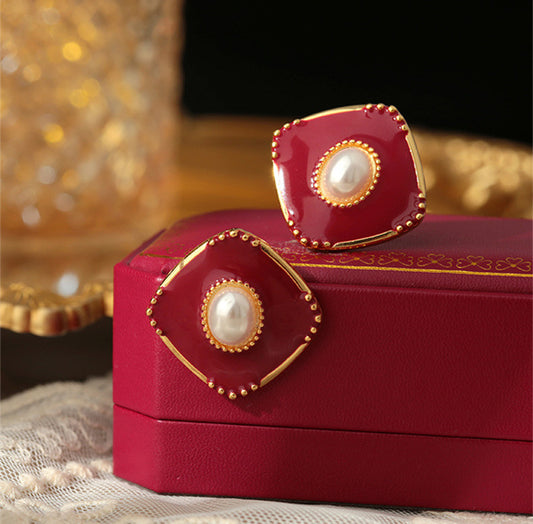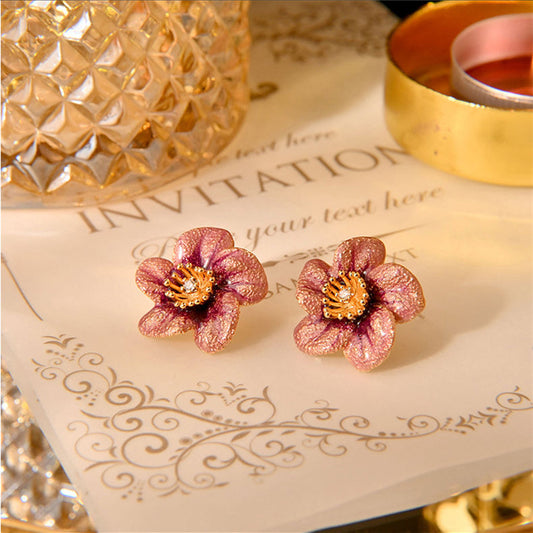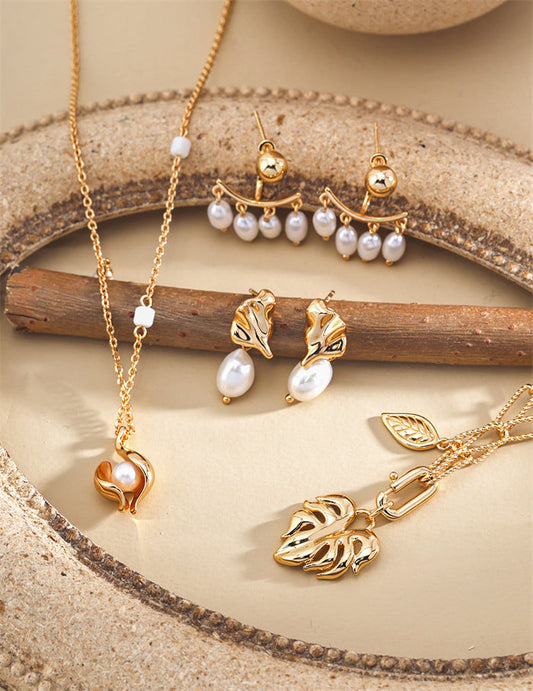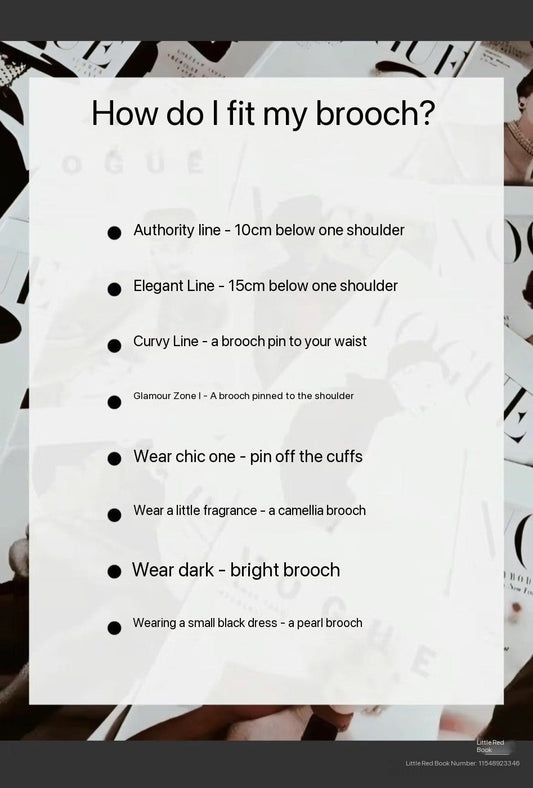For those new to jewelry, understanding earring materials is essential. If you're an aspiring jewelry entrepreneur, save this post to help you know more about the earring materials and choose the right products!
1. Titanium Steel Earrings & Necklaces

Why choose titanium steel?
- Durable & Affordable: Titanium steel is highly resistant to discoloration, deformation, and high temperatures. It’s also one of the most budget-friendly materials.
- Best for hot climates: Popular in tropical regions like Southeast Asia and Africa due to its resistance to humidity.
Style:
Titanium steel jewelry often has a bold, minimalist, and unisex aesthetic. It’s perfect for those who love edgy, cool designs.
Care Tips:
- Unlike silver, titanium steel does not tarnish over time and requires minimal maintenance.
- Avoid scratches from sharp objects to maintain its smooth finish.
Downsides:
- Not as hypoallergenic as gold or silver, so it may not be suitable for sensitive skin.
- Its hardness limits intricate designs, so most titanium jewelry tends to have a chunky or industrial look.
2. Copper Jewelry

Why choose copper?
- Highly versatile: Copper allows for both simple and intricate designs.
- Pairs well with gemstones: It provides more creative freedom when combined with stones.
- Plating enhances durability: When electroplated with gold or silver, copper jewelry becomes more stable, retains color longer, and is less likely to cause allergies.
Style:
Copper jewelry often has a luxurious and modern appearance, with a vibrant and polished finish that highlights elegance.
Care Tips:
- Keep away from chemicals and moisture to prevent oxidation.
- Store in a jewelry box or pouch when not in use to extend its lifespan.
Fun Fact:
Ancient Egyptians used copper to purify drinking water, and many cultures believed it had medicinal properties, including promoting eye health when worn as earrings!
3. Sterling Silver Jewelry (925 Silver)

Why choose sterling silver?
- Durable & High-Quality: Pure silver (999) is too soft for everyday jewelry, so 925 silver (92.5% silver + alloy) is used to increase durability.
- Hypoallergenic: Ideal for those with sensitive skin, unlike plated alloys.
Style:
925 silver is often seen in simple, elegant designs, especially in stud earrings and minimalist necklaces. Due to its softness, it’s rarely used for intricate gemstone settings.
Beware of misleading claims:
- Pure silver is expensive—if you see "silver" jewelry priced very low, it may just be silver-plated alloy, which can cause allergic reactions.
- Even 925 silver jewelry requires proper maintenance to prevent tarnishing.
Care Tips:
- Silver oxidizes over time, so store it in an airtight bag when not in use.
- Use a silver polishing cloth instead of harsh silver-cleaning solutions to restore shine.
Pro Tip:
A silver polishing paste works even better for stubborn tarnish—stay tuned for my next post on the best silver cleaning tools!
Final Thoughts
Every jewelry material has its pros and cons, so there’s no need to obsess over which is "best." The most important thing? Choose what you love!

